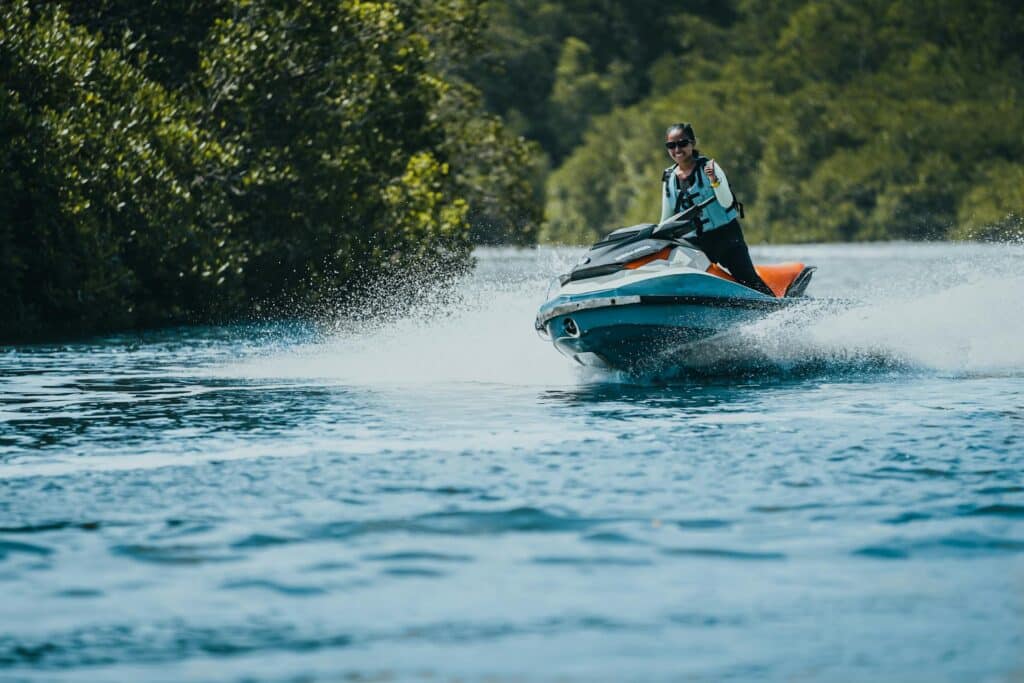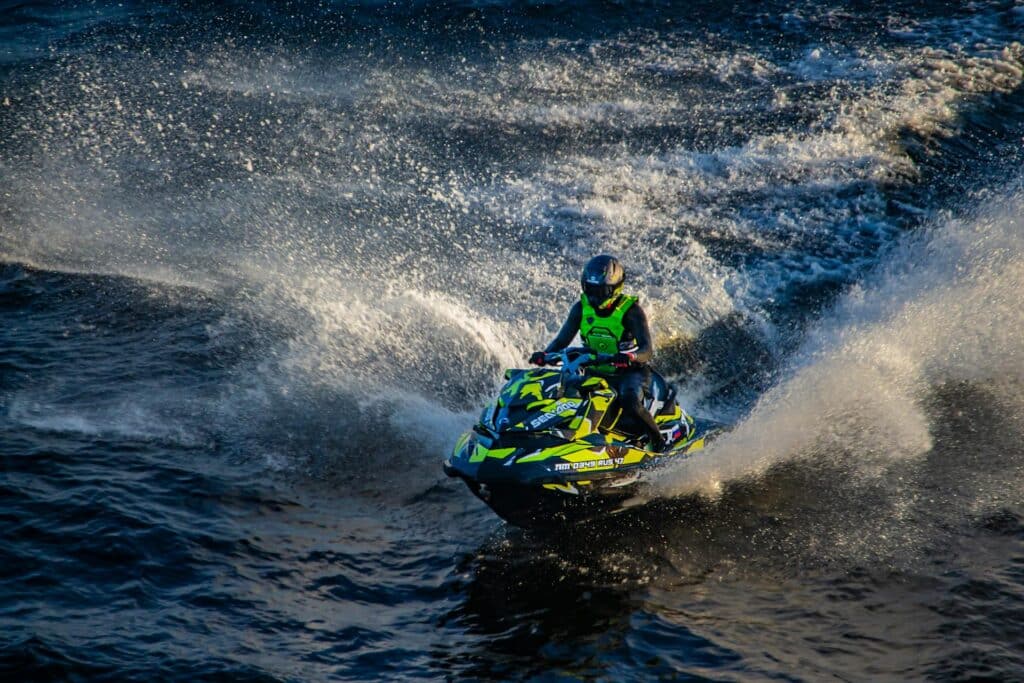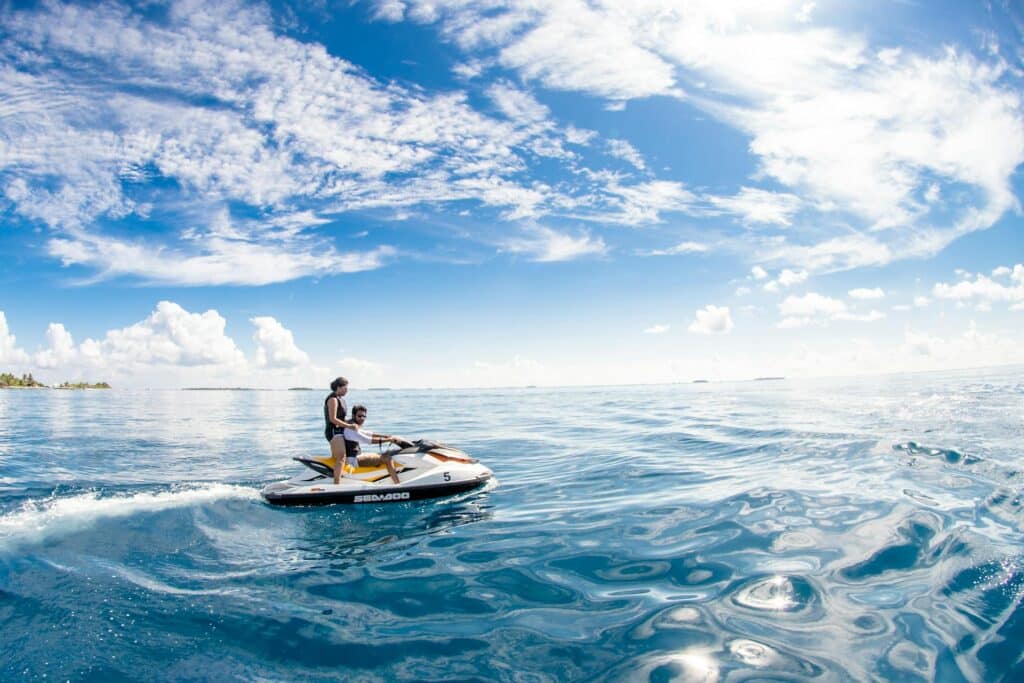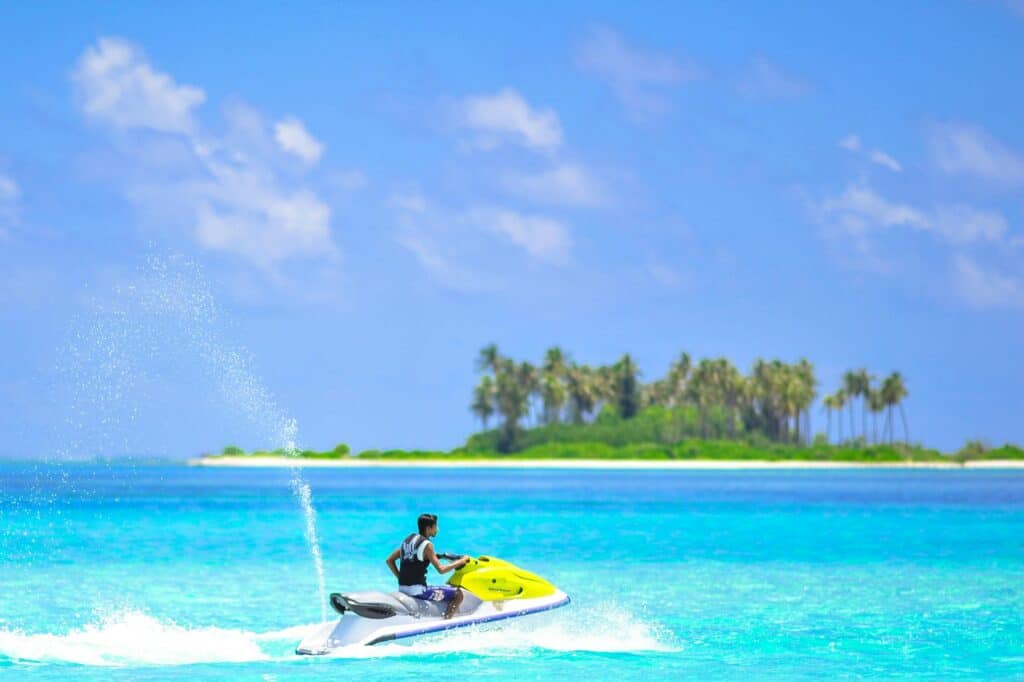Best Personal Watercraft Extended Warranty

Wondering if a personal watercraft extended warranty is worth the investment? This article demystifies extended warranties, detailing their advantages, limitations, and the key factors to consider. With a focus on coverage terms, cost-benefit analysis, and impact on resale value, we streamline the information you need most. Make an informed choice to ensure your personal watercraft is protected long after the manufacturer’s guarantee waves goodbye.
Navigate with Confidence: Choosing the Best Personal Watercraft Extended Warranty
Extended warranties for personal watercraft cover additional repair and maintenance beyond the standard manufacturer’s period, offering options ranging from 12 to 36 months.
Comprehensive service plans under extended warranties protect crucial components including engine, lubrication system, fuel and drive line, and electrical and control elements, while excluding normal wear and tear, misuse, and accidents.
Extended warranty benefits include transferability which can enhance resale value, and additional services like roadside/sea assistance, towing, and trip interruption coverage.
Understanding Personal Watercraft Extended Warranty

An extended warranty for your personal watercraft is like a life jacket for your wallet—it’s there to keep you afloat when you hit the unexpected waves of repair and maintenance costs. Going beyond the original manufacturer’s warranty period, extended warranties offer additional lengths of coverage, with options such as 12, 24, or even 36 months,.
The Basics of Extended Warranty Coverage
Think of an extended warranty as your personal watercraft’s safety net. It kicks in after the expiration of the standard manufacturer’s warranty, promising additional coverage for a specified period. This safety net typically covers repair or replacement of parts that buckle under the strains of manufacturing defects or poor workmanship during the extended coverage period.
Decoding the Fine Print
While your extended warranty is a safety net, it’s not a carte blanche for reckless usage. The warranty terms often impose usage restrictions, some of which may be exclusively limited. Not adhering to these can result in your warranty becoming void. To avoid this, ensure you follow the guidelines provided in the user manual, as it warrants products purchased to be used correctly.
It’s like a road map – if you stray off the path, you could find yourself lost in a sea of repair costs.
Comparing Manufacturer vs. Third-Party Warranties
The world of warranties is a broad and varied ocean. On one hand, you have manufacturer warranties, which typically cover new personal watercraft against material and workmanship defects for a specific period, including the hull, deck, and sometimes the engine. On the other hand, third-party extended warranties offer broader, extended coverage, often with a deductible per incident.
However, third-party warranties might involve more exclusions and require preauthorization for repairs, unlike manufacturer warranties which offer greater servicing flexibility.
The Comprehensive Nature of Extended Service Plans

When it comes to safeguarding your personal watercraft, a comprehensive service contract is akin to an all-weather coat – it covers you through thick and thin. These contracts come in various plan options, including engine only, craft only, and several full comprehensive coverage plans.
These extended warranty service plans can offer coverage durations like 12-, 24-, or 36-month options that start after the manufacturer’s limited warranty expires, ensuring your aquatic adventures are never hampered by unexpected maintenance concerns.
Engine and Lubrication System Protection
Under the hood of these comprehensive service plans lies a robust protection scheme for your engine components and the entire lubrication system, the heart and veins of your personal watercraft. This coverage ensures all components work together seamlessly for a smooth ride, leaving no room for mechanical hiccups that could dampen your water-faring adventures.
Fuel and Drive Line Security
Just as important as the engine and lubrication system are the fuel delivery components and drive line elements of your personal watercraft. Extended service plans ensure these crucial elements, key to your vessel’s mobility, are covered under their protective umbrella.
This includes protection for critical operational components like inboards, outboards, alternators, and fuel delivery components such as the fuel tank, petcock, and fuel lines.
Navigating Electrical and Control Component Coverage

Like a seasoned sailor navigating through choppy waters, an extended service plan charts a course through the complex maze of electrical and control components of your personal watercraft. These warranties extend coverage to the entire electrical system, providing nationwide protection without restrictions on mileage or hours of operation. However, certain components, like the battery, may be excluded from coverage.
Ignition and Steering Assurance
Among the components under the protective wing of the extended warranties are the ignition and steering components. Comprehensive extended warranties may cover the replacement or repair of ignition components, ensuring smooth starts for your water adventures.
Additionally, steering components like the steering control assembly, rudder, and nozzle are also covered, guaranteeing precise control over your aquatic exploits.
Seals and Gaskets Inclusion
The extended warranty coverage is not just skin deep—it goes right down to the seals and gaskets, the unsung heroes that seal interfaces and prevent leaks in various parts of your personal watercraft. The Personal Watercraft Extended Warranty’s Value Plan includes all seals and gaskets, ensuring wide-ranging protection against potential defects and failures.
What’s Not Covered: Exclusions and Limitations
While extended warranties provide a comprehensive safety net, it’s essential to note that some elements fall outside this protective umbrella. These typically include:
- Improper use
- Normal wear and tear
- Accidents
- Intentional negligence
It’s crucial to understand that damages resulting from accidents, misuse, or not following the manufacturer’s operating instructions are not covered by these warranties.
Understanding ‘Normal Wear’ Exclusions
‘Normal wear’ in warranty parlance refers to the expected deterioration from standard product usage over time. These inevitable results of item usage are generally not covered by warranties as they are not due to manufacturing defects.
Misuse or inadequate maintenance of a personal watercraft, typical from regular usage, is also not covered by warranties.
The Impact of Maintenance and Accidental Damage
A well-maintained personal watercraft is not only a joy to ride but also more likely to be protected under warranty. Proper use and adherence to the user manual’s instructions are crucial for maintaining warranty coverage. Issues arising from a lack of proper maintenance or accidental damage are typically not covered by warranties.
Moreover, such implied warranties may be voided if damage or repair work results from improper use or if repairs are made by unauthorized third parties.
Maximizing Your Protection

Getting the most out of your extended warranty involves smart choices, such as opting for a plan with unlimited mileage protection and including parts such as seals and gaskets. But it’s not just about the coverage—it’s also about aligning the warranty plan with your financial situation, ensuring that you have the necessary breakdown coverage without causing financial strain.
Choosing the Appropriate Warranty Period
Selecting the right warranty period is akin to charting your course on a nautical map. Extended service contracts can provide coverage for up to 10 years for new watercraft and up to 5 years for used ones, offering flexibility that aligns with your usage patterns.
The type and model of your personal watercraft should also play a role in your decision, as different models may have distinct susceptibilities to manufacturing defects or performance issues, depending on their particular purpose.
Ensuring Validity Through Authorized Dealers
Navigating the waters of personal watercraft ownership involves making informed choices, and purchasing from an authorized dealer or authorized retailer with proven merchant ability is one of them. Authorized dealers maintain a direct relationship with manufacturers, paving the way for enhanced support and service in case of any issues during the warranty period. Plus, dealing with authorized dealers reduces the risk of encountering scams or faulty products.
Warranty Claims and Customer Support
When it comes to claiming warranty coverage, knowing the process is as important as understanding what’s covered. Initiating a warranty claim requires contacting the customer service center to obtain a Return/Repair Authorization number. Once this number is obtained, the defective unit must be returned in its original packaging along with a copy of the purchase receipt to the service center.
Filing a Claim: Steps and Required Documentation
Filing a warranty claim is a process that requires attention to detail and proper documentation. The steps involved in filing a warranty claim are:
- Notify the warranty provider or dealer about the malfunction or breakdown.
- Provide a detailed description of the issue and its symptoms.
- Include maintenance records.
- Provide a proof of purchase.
By following these steps and providing the necessary documentation, you can ensure a smooth and successful warranty claim process.
Contacting the Customer Service Center
While extended warranties provide comprehensive coverage, you might need to contact the customer service center for claims or support. For Yamaha Extended Service sales inquiries, you can contact 866-937-3983, and for claims and coverage questions, call 1-800-962-7926.
In case of warranty claims with Sport Dimension, Inc., the customer service can be reached at 800-678-7873.
Transferability and Resale Value
One of the significant advantages of extended warranties is their transferability. These warranties can be fully transferred to new owners at no additional cost, providing an added layer of assurance for potential buyers and offering convenient product warranty support.
The presence of an extended warranty, often determined by the purchase date, can significantly influence a buyer’s decision, offering them peace of mind about potential future repair costs.
Additional Services and Benefits
Extended warranty plans often come with additional benefits that enhance their value proposition. These include:
- Emergency roadside or seaside assistance
- Coverage for towing
- Lift/hoist out services for times when you find yourself in a bind
- Trip interruption coverage, which offers up to $450 to cover expenses incurred due to authorized repairs while away from home.
Summary
From understanding the basics of personal watercraft extended warranties to exploring the comprehensive nature of extended service plans, we’ve navigated the vast seas of warranty coverage. We’ve also decoded the fine print and compared manufacturer and third-party warranties, before diving into the specifics of what’s covered and what’s not. Additionally, we’ve examined how to maximize protection, how to file a claim, and the benefits of transferability and resale value.
Frequently Asked Questions
How long is Kawasaki Jet Ski warranty?
The Kawasaki Jet Ski warranty is 5 years for units imported by KMA and sold through their dealership network. The warranty periods have been extended.
What is a personal watercraft extended warranty?
A personal watercraft extended warranty provides repair and maintenance coverage for certain issues beyond the original manufacturer’s warranty period, offering additional lengths of coverage such as 12, 24, or 36 months.
Are there any restrictions in warranty terms?
Yes, warranty terms may have usage restrictions that, if not followed, can void the warranty.
What is the process for filing a warranty claim?
To file a warranty claim, you should notify the warranty provider or dealer about the malfunction or breakdown and submit documentation such as a detailed description of the issue, maintenance records, and proof of purchase.
Can extended warranties be transferred to new owners?
Yes, extended warranties for personal watercraft can be fully transferred to new owners at no additional cost. This can provide peace of mind for buyers.